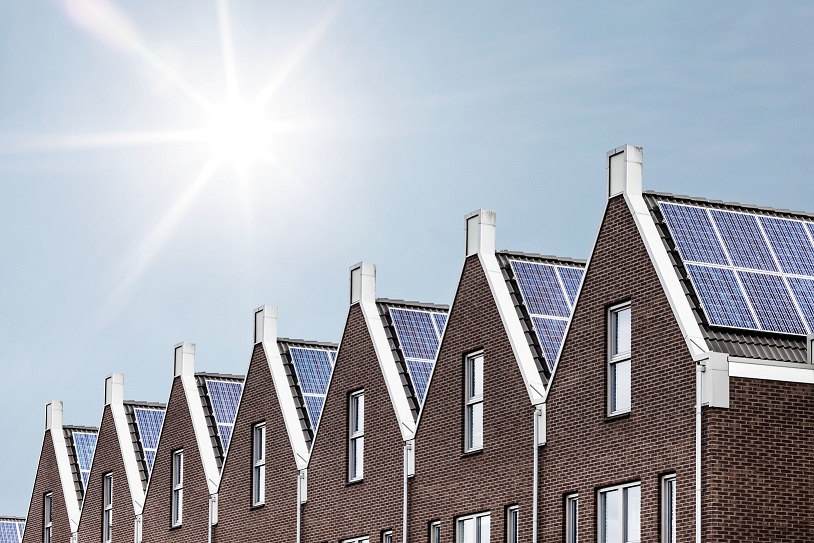One of the key energy efficiency standards for buildings is the National Construction Code (NCC) in Australia. The NCC is a set of performance-based codes that provide the minimum requirements for the design and construction of buildings, including their energy efficiency aspects. It is jointly developed and maintained by the Australian Building Codes Board (ABCB). One of the aspect the standard influences is the U-value of windows and other glass elements.
The NCC includes specific provisions and regulations related to energy efficiency, and it is periodically updated to align with the latest building practices and technologies. The NCC’s energy efficiency requirements focus on aspects such as building envelope performance, heating and cooling systems, lighting, and water usage.
Read also our articles on Standards and Regulations in Insulating Gas Measurement, Chinese Insulating Glass Standard GB/T 11944 and ENERGY STAR® 7.0 requirement.
What Does NCC Mean for Windows?
For windows, the energy efficiency standards in Australia, as specified in the National Construction Code (NCC), focus on the performance of the window systems to help improve the overall energy efficiency of buildings. The requirements set forth in the NCC aim to reduce energy consumption, enhance thermal comfort, and mitigate the impact of buildings on the environment.
Here are some key aspects related to windows and their energy efficiency implications in Australia:
- Window Performance: The NCC sets minimum performance requirements for windows in terms of thermal insulation, air leakage, and solar heat gain. Energy-efficient windows are designed to reduce heat transfer between the interior and exterior of a building, thereby helping to maintain a comfortable indoor temperature and reduce the need for excessive heating or cooling.
- Glazing: The type of glazing used in windows plays a crucial role in energy efficiency. Double glazing and triple glazing are common techniques to improve insulation by incorporating multiple layers of glass with trapped air or gas between them. Read our article Are Triple Glazed IGU’s Necessary to Obtain Energy Efficient Windows? to learn more about he topic. Low-emissivity (Low-E) coatings on glazing can also help to reduce heat transfer. Note that Sparklike Laser devices can measure insulating gas through coatings and laminations.
- U-Value and Solar Heat Gain Coefficient (SHGC): The NCC specifies maximum U-values and SHGC values for windows. The U-value measures the rate of heat transfer through a window, and lower U-values indicate better insulation. SHGC measures the amount of solar radiation that passes through the window, and lower SHGC values indicate better solar heat control. The U-value becomes better when using insulating gas instead of air. Therefore, it is important to measure the gas concentration inside an IGU as it impacts to the U-value tremendously.
- Window Frame Materials: The material used for window frames also impacts energy efficiency. Frames made from materials like uPVC, timber, or thermally broken aluminum can help reduce heat transfer compared to traditional aluminum frames.
- Air Leakage: The NCC addresses air infiltration through windows and sets maximum allowable air leakage rates to prevent excessive energy loss. Read our article

By complying with the energy efficiency standards for windows outlined in the NCC, builders and homeowners can ensure that the windows installed in their buildings contribute to improved energy performance, reduced energy bills, and a more sustainable built environment. Therefore, being able to provide proof for example about correct U-value is important to showcase quality of windows.
Minimum Of Seven Starts Will Reduce Energy Bills and Lower Carbon Emissions
The Australian standard uses stars to describe residential energy efficiency. Before, the minimum standard of thermal energy efficiency was 6 Stars. Increasing the minimum standard to 7 Stars indicates that new buildings are more energy efficient; hence more comfortable and suitable to live in. Additionally, the changes impact energy usage by reducing household energy bills.
Also, household carbon emissions contribute to at least 20 % of the nation’s total greenhouse gases in Australia. The one-star change helps to reduce the nation’s household carbon emissions notably.
Please note that energy efficiency standards and regulations may vary across different states and territories in Australia, as some regions may have additional or more stringent requirements. For more information visit the Australian Building Codes Board’s official website or the relevant government agency responsible for building regulations in your specific location for the most up-to-date information.
References:





